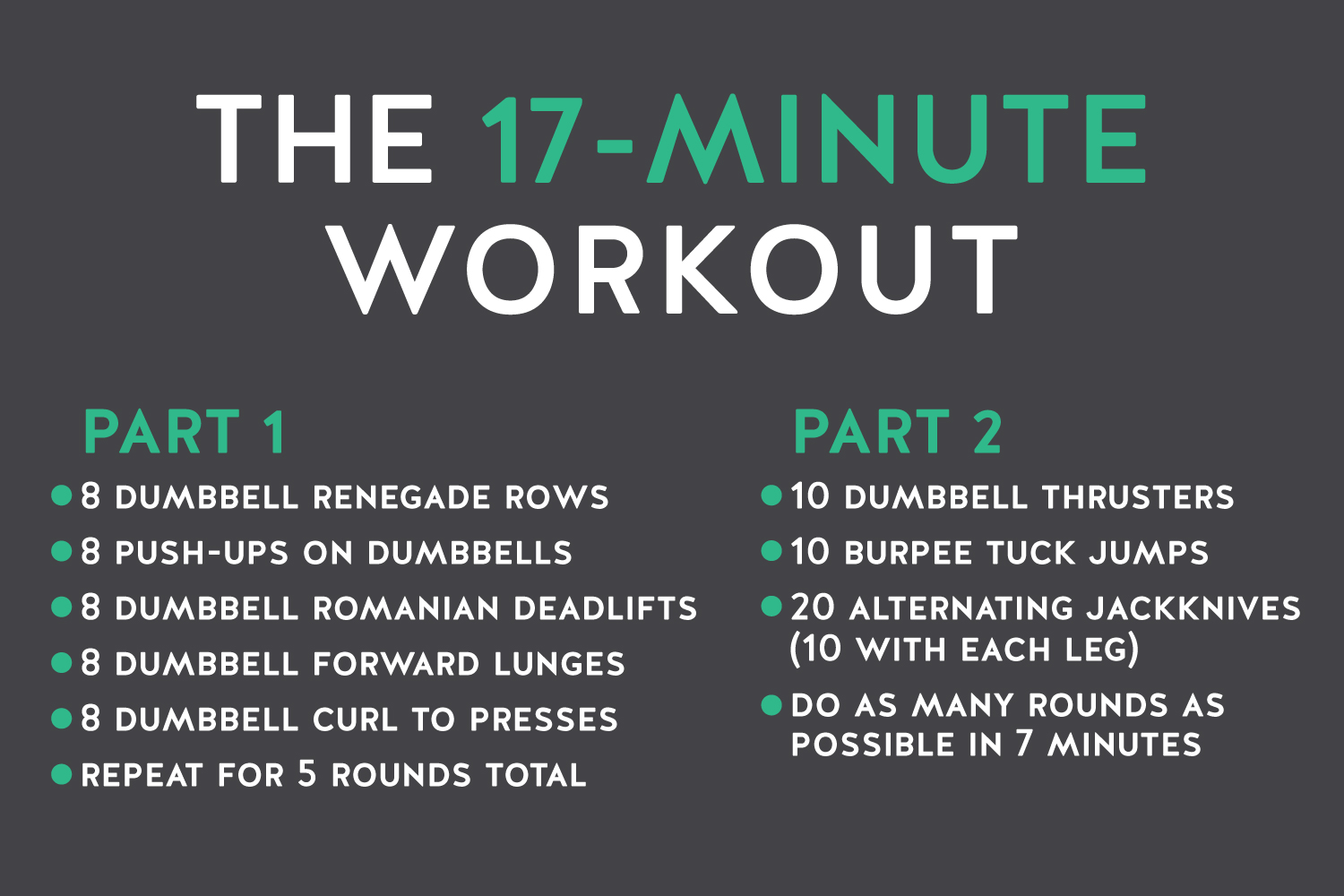2Mami Insights
Your go-to source for news, tips, and inspiration.
HIIT Happens: Why Short Workouts Might Just Save Your Life
Unlock the secret to a healthier life with quick HIIT workouts! Discover how short bursts of exercise can transform your fitness journey.
The Science Behind HIIT: How Short Workouts Boost Your Health
High-Intensity Interval Training (HIIT) has gained immense popularity in the fitness world, and for good reason. Research indicates that these short bouts of intense exercise effectively enhance cardiovascular fitness and burn fat. Unlike traditional steady-state cardio, which can be time-consuming, HIIT workouts often last between 10 to 30 minutes, making them a practical choice for those with busy schedules. Studies show that this method not only increases metabolic rate post-exercise (the afterburn effect) but also improves insulin sensitivity and glucose metabolism, further boosting overall health.
Moreover, HIIT can lead to significant improvements in physical performance, such as increased endurance and strength. According to a study published in the Journal of Obesity, participants engaging in HIIT experienced greater reductions in body fat and waist circumference compared to those who performed moderate-intensity exercises. The science behind HIIT suggests that the combination of short, intense efforts followed by brief recovery periods results in adaptations that make the cardiovascular system more efficient and enhance muscle recruitment. Therefore, incorporating HIIT into your routine can not only provide maximum health benefits but also lead to significant improvements in body composition and fitness levels.

5 Surprising Benefits of HIIT Workouts You Didn't Know About
High-Intensity Interval Training (HIIT) is often celebrated for its ability to burn calories and improve fitness levels, but there are several surprising benefits that many people overlook. One key advantage is the time efficiency of HIIT workouts; in just 20-30 minutes, you can achieve the same, if not better, results as you would with longer, traditional workout sessions. This makes HIIT an ideal choice for those with busy schedules. Furthermore, studies show that HIIT can enhance metabolic rate significantly, even after the workout is completed, leading to a phenomenon known as excess post-exercise oxygen consumption (EPOC), which helps in sustaining calorie burn for hours post-workout.
Another surprising benefit of HIIT workouts is their potential to improve your mental health. Engaging in high-intensity exercise has been linked to reduced symptoms of anxiety and depression. The endorphins released during these intense sessions can enhance your mood and promote a sense of well-being. Lastly, HIIT can also contribute to improved cardiovascular health, as it effectively increases both aerobic and anaerobic capacities. This dual benefit means not only is your heart health better supported, but you may also find enhanced endurance in everyday activities.
Can Short Workouts Really Replace Traditional Exercise?
The debate over whether short workouts can effectively replace traditional exercise has gained considerable attention in recent years. Short workouts, often characterized by high-intensity interval training (HIIT) or quick resistance routines, offer a time-efficient alternative for busy individuals. Research published in journals such as The Journal of Sports Medicine has shown that engaging in short bursts of intense exercise can yield similar cardiovascular and strength benefits as longer, traditional workouts. This makes them a viable option for those who struggle to find the time for extended gym sessions yet still want to achieve their fitness goals.
However, it's essential to understand that while short workouts can be beneficial, they might not completely replace the advantages of longer exercise sessions. For instance, extended workouts often allow for a more comprehensive range of activities and a better focus on form and technique. According to a study from Sports Medicine, individuals who engage in a mix of short and traditional workouts may reap the maximum benefits. Therefore, incorporating a variety of exercise formats may ultimately lead to more sustainable fitness successes.